Rose: A Double Life
Written by Denis Lapière and Émilie Alibert
Illustrated by Valérie Vernay
Translated by Lara Vergnaud
Europe Comics
The first of a trilogy of books, Rose: A Double Life finds the titular character facing the death — and possible murder — of her father, a secretive man who kept her shut out of 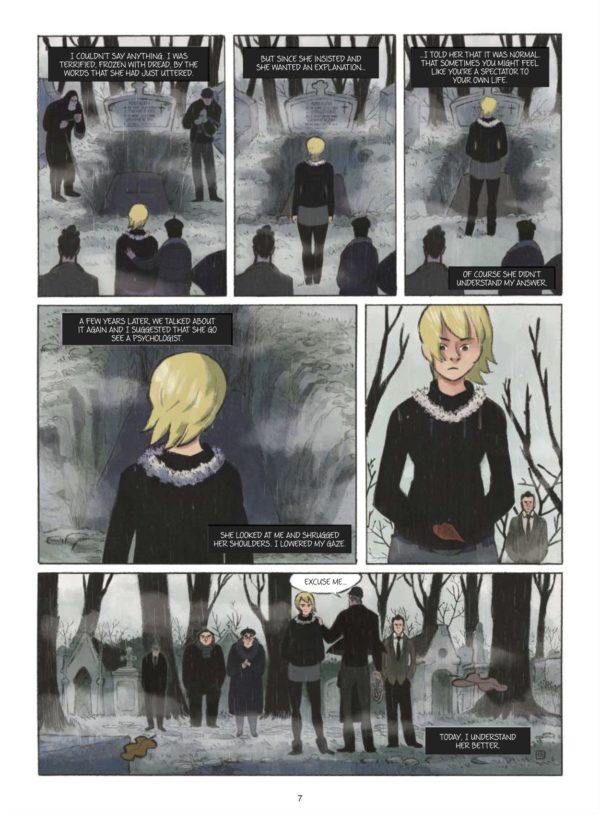
It’s an ability that no one throughout her life has believed she possessed, but as she enters her father’s private residence, her ghostly self uncovers multiple secrets lurking within that draw Rose into several fronts of investigation. One involves some accidental deaths in the house when Rose was a child, and the ghosts lurking there for an eternity, confined by its walls. Another involves the history of the house itself, a story of curses and devil worship that may or may not explain some of the strange events there. The third is wrapped around the details of a private investigation job that Rose’s father has taken on, and a surprising revelation about misdeeds of his own.
The basic parts of Rose aren’t necessarily unusual ones, but they are brought together in an engaging way that utilizes just the right amount of intrigue and revelation in unison with the important character work that makes it come alive and flow. Rose is well-realized as the central character on which the intrigue hangs, settled perfectly at that mid-range where she must function as an interesting character but also something the readers can identify with as mysteries unfold.
Vernay’s artwork is especially successful here, depicting light-hearted intrigue that shares space with a dark underbelly. The characters are especially well-wrought, particularly the ghosts, and Vernay’s backgrounds and historical passages are gorgeous. Rose is appropriate for teen and pre-teen readers, but there’s nothing in there that would make it any less than fabulous for adults.
Walking Uphill
By Kelly Froh
I’ve been following Seattle-based cartoonist Kelly Froh for about five years now. I don’t remember how I came upon her work or even the first comic of hers I read, but I know that I’ve accrued a small pile of her self-published comics over those years. One of the 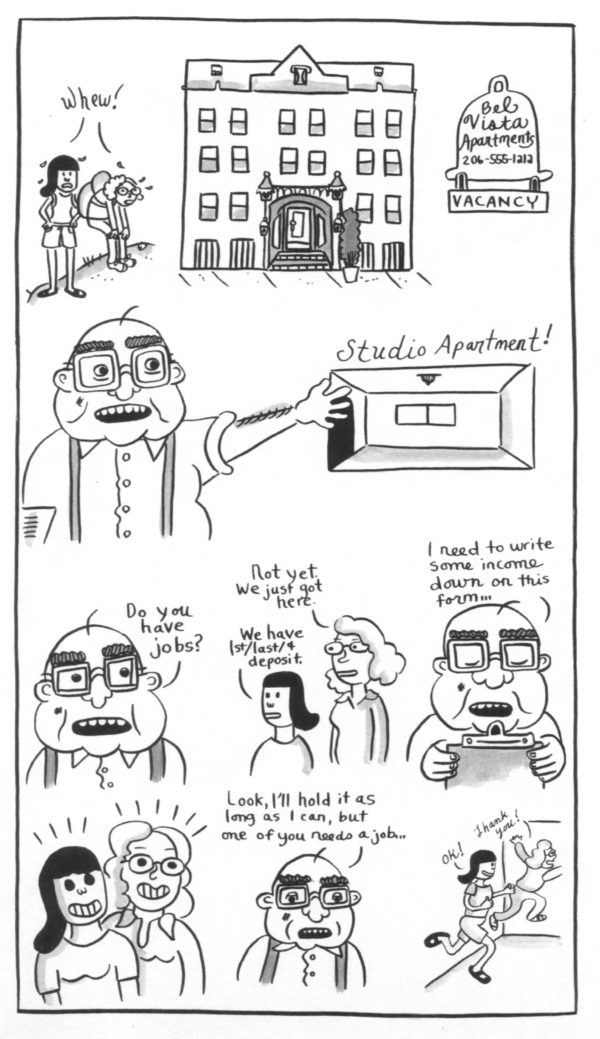
While there are obviously plenty of other cartoonists who might share this trait, there’s something about its manifestation in Froh’s comics that strikes me as special, particularly in her presentation of less savory subject matter or negative emotions or even snarky views. Her friendliness never undercuts the bite, while the bite never negates your feeling welcome to her space. It’s that balance that’s kept me coming back to her work. Where so often autobiographical cartoonists come off like they have something to prove, Froh is just herself — comfortable, charming, ready to spend some time with you, the reader. I like that.
Walking Uphill is one of her more straightforward autobiographical works, a giddy narrative recounting her relationship with her best friend, Missie, who she met in high school in Wisconsin. It traces their dissatisfaction with their prospects in Wisconsin and a journey that landed them permanently in Seattle, where they found themselves and their tribe.
But Froh doesn’t lay this out in a mannered way, she lets it unfold almost through its own momentum, allowing moments to seize your attention but never stopping the snowball effect of time and life. And so you get to witness Froh’s fears of breaking free from her high school life mixed with goofy moments of drug experimentation, all combining to define not only the friendship in these specific instances, but also as an evolving creature of its own that grows in relation to the other people around, as well as the location and the sources of happiness.
If you’ve never read any of Froh’s comics before, Walking Uphill is a great introduction to her work, as it mixes her sensibilities with the wider scope of her own story and gives context to for much of what came before. Her cartooning has maintained a child-like quality over the years, which advances the friendliness I spoke of, and its resulted in a pleasantly immersive memoir not only of friendship and growth, but of approaching life with candor and flexibility in order to make something wonderful out of it.


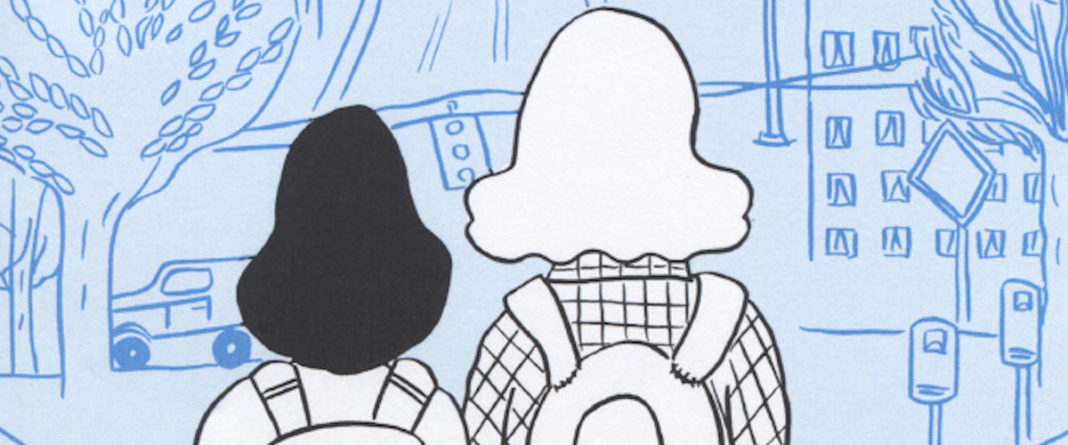
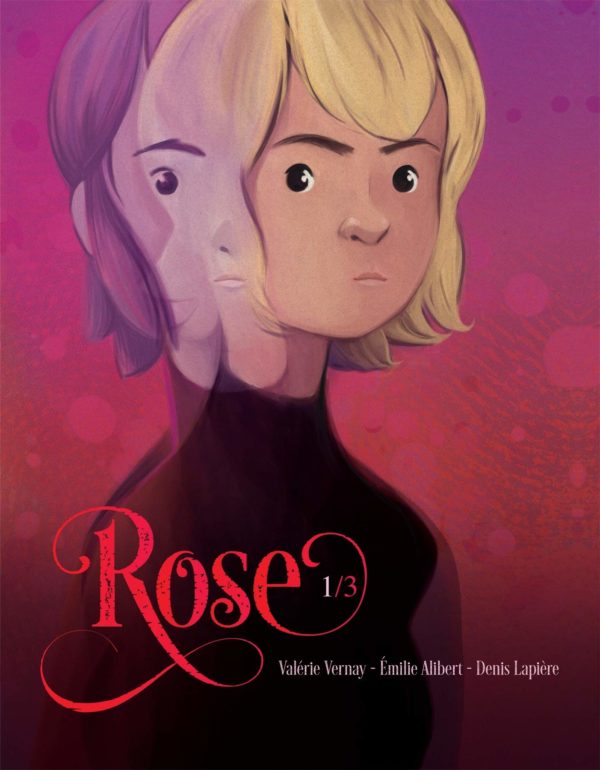
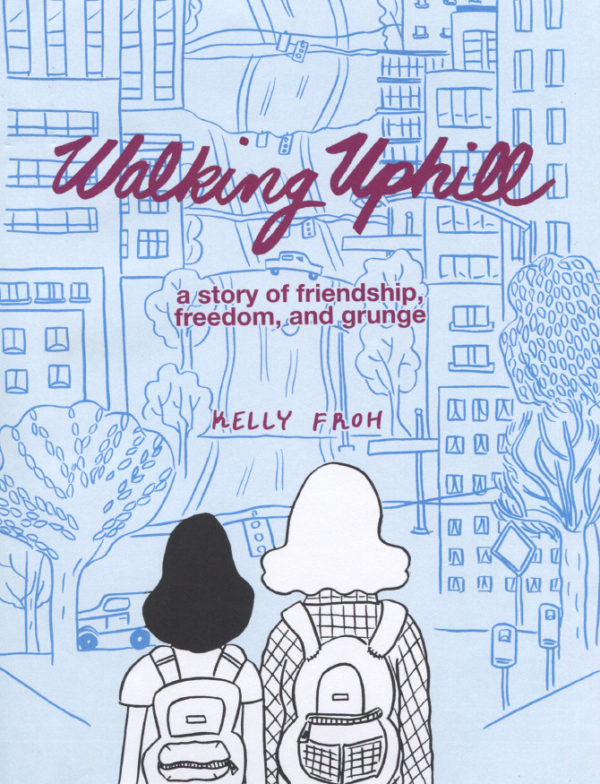




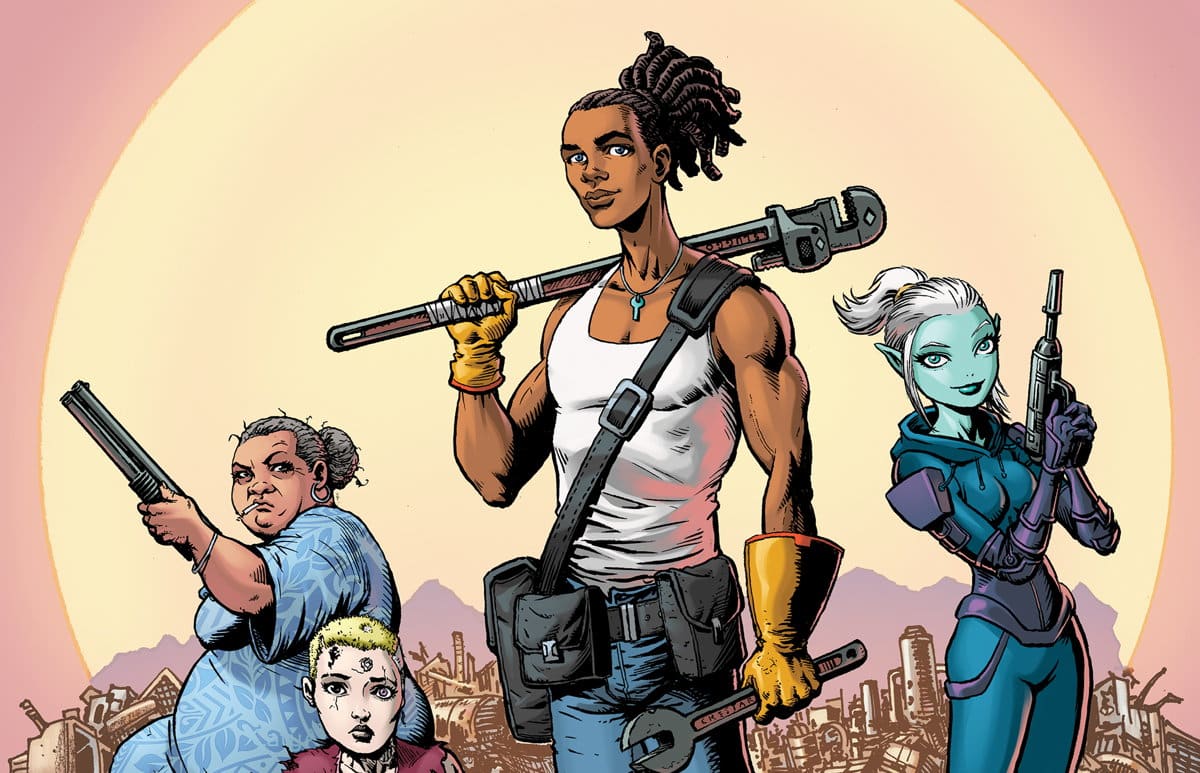


Comments are closed.